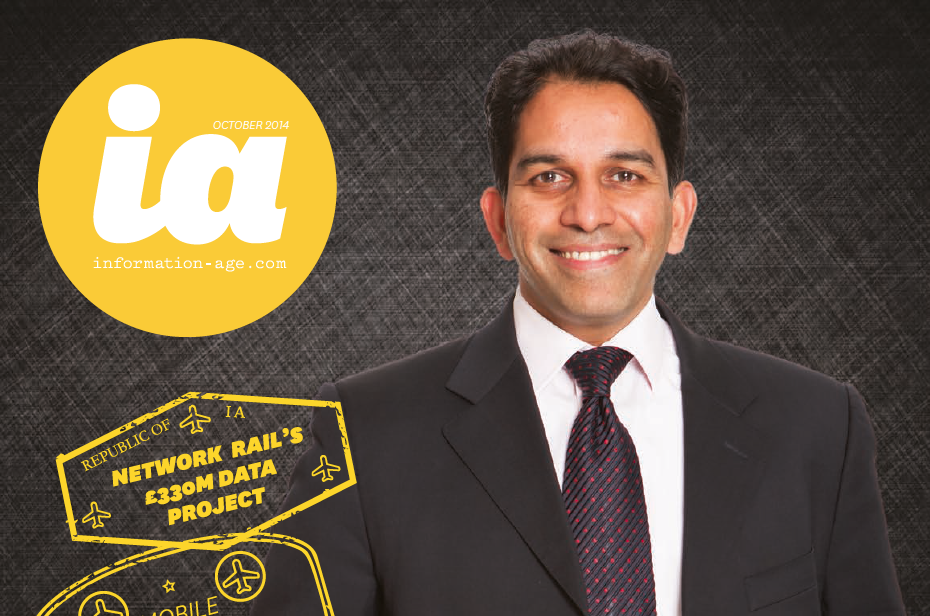Of the big technology trends that have emerged in recent years, it is analytics that continues to captivate me.
While the markets for other transformative innovations such as cloud, mobile and social have been fairly predictable, the potential around data has not stopped evolving – and at a pretty rapid pace.
Despite traditional data warehousing and business intelligence remaining powerful tools in the enterprise, newer innovations like Hadoop, NoSQL, cognitive computing, data visualisation and data blending have muscled in to carve out their own relevance in gaining actionable information.
This is more than enough for CIOs to keep up with. But on top of keeping in tune with the latest and greatest big data technologies, they also have to worry about the data science skills gap, new EU regulations, security and governance, and how all of this is going to be housed in their infrastructure.
Of course, the real key to forming an effective data strategy is to keep initiatives firmly aligned to business objectives at all times. This can be tricky when shadow IT keeps rearing its head as vendors increasingly pitch their products directly to lines of business.
Network Rail has managed to get it right, however, and tells its data transformation story on page 18. It will also provide more insight as a speaker at this month’s Data Leadership 2014 conference (30 October, Grange Tower Bridge Hotel, London).
Data Leadership is the thinking person’s data conference – for those senior IT professionals who are not drawn into hype but do recognise opportunities. By incorporating all of the aforementioned elements of analytics and infrastructure, it provides a 360? view of how to approach data in the enterprise.
UBS Investment Bank, The Salvation Army and Macmillan Science and Education will join Network Rail as speakers at the event, along with Ovum, Salesforce.com and the Data Science Institute.
You can register to attend at www.dataleadership.co.uk. I look forward to a fascinating day.
Click here to download the latest issue of Information Age








